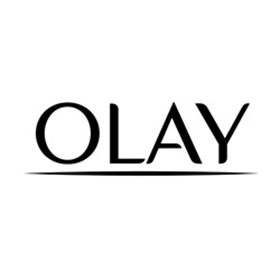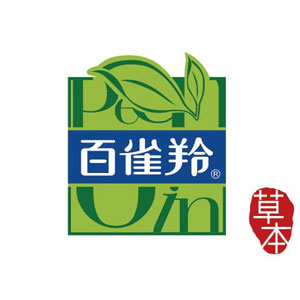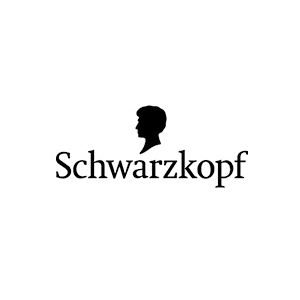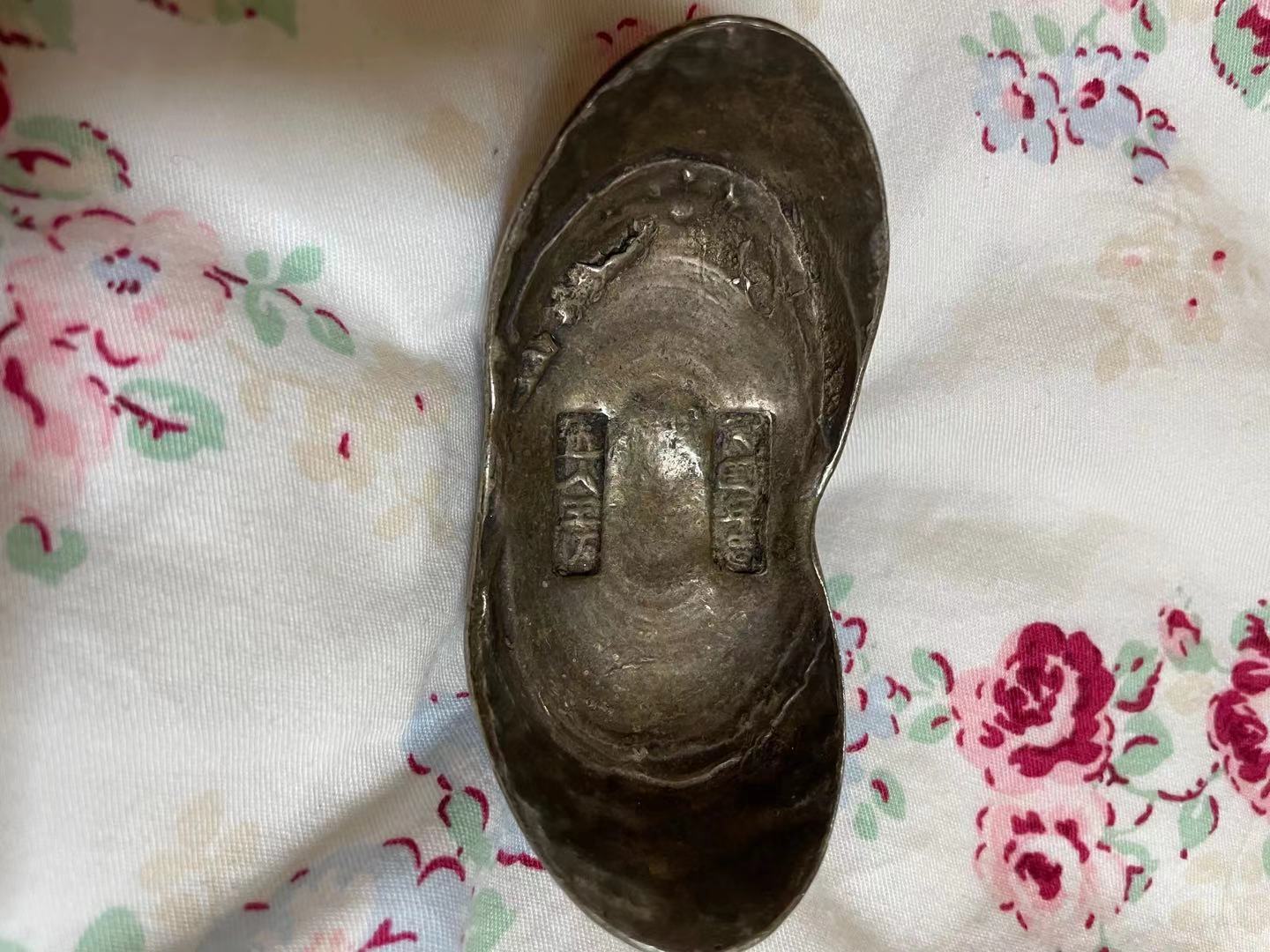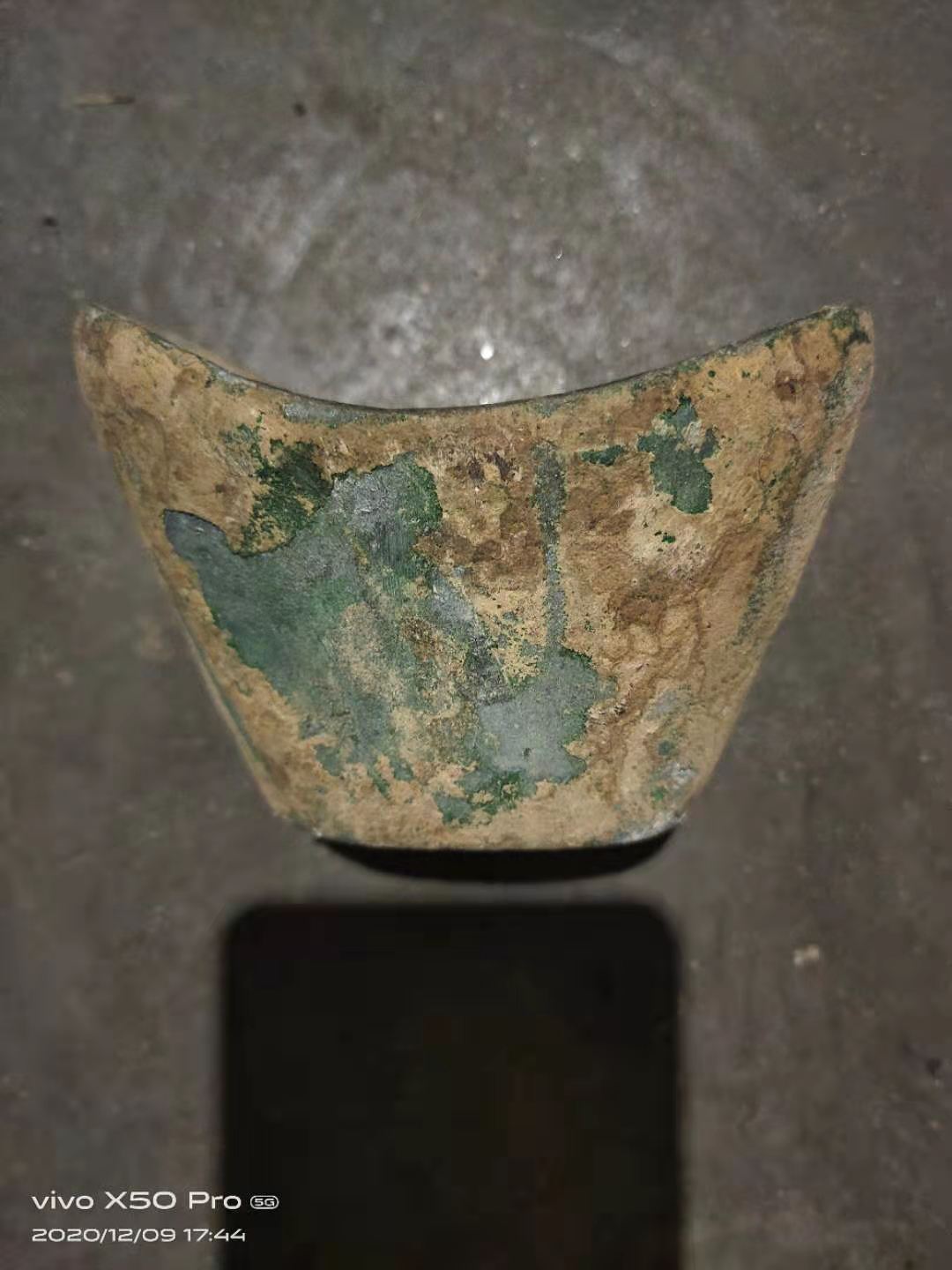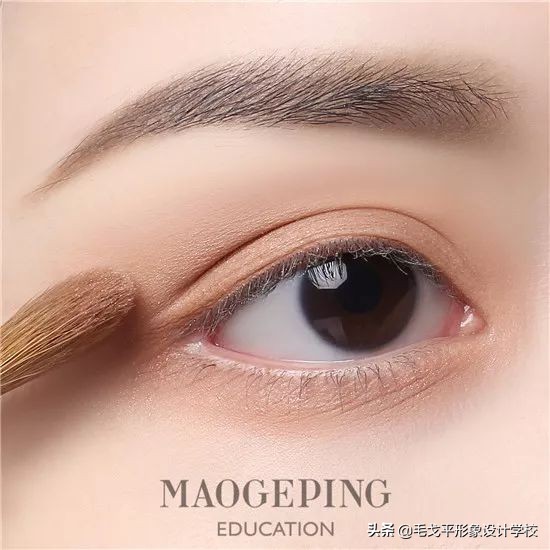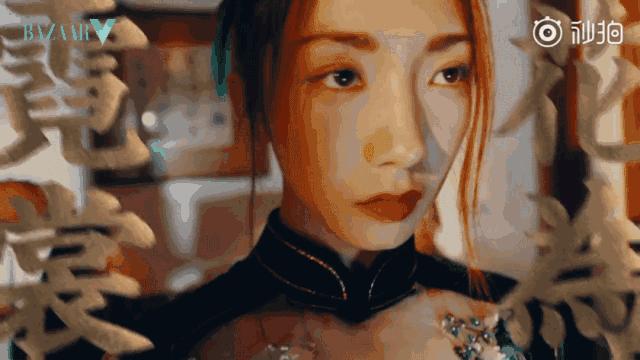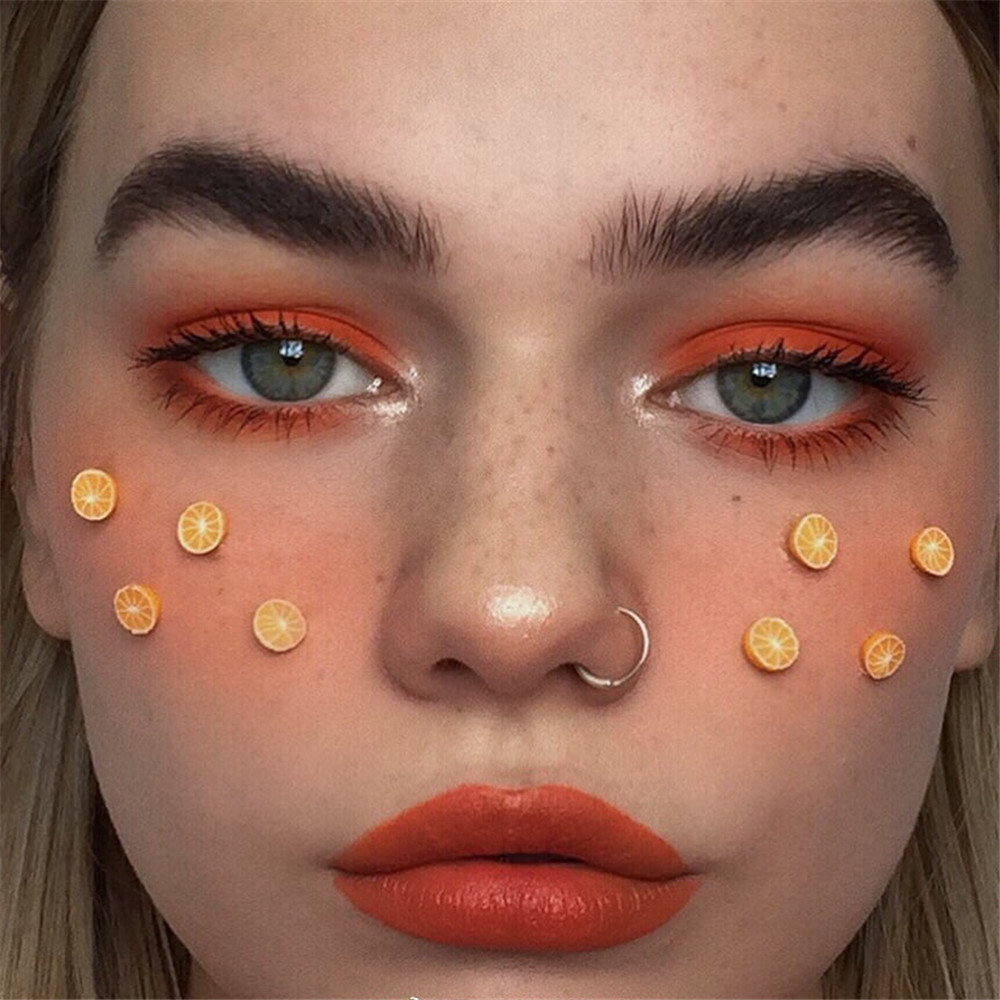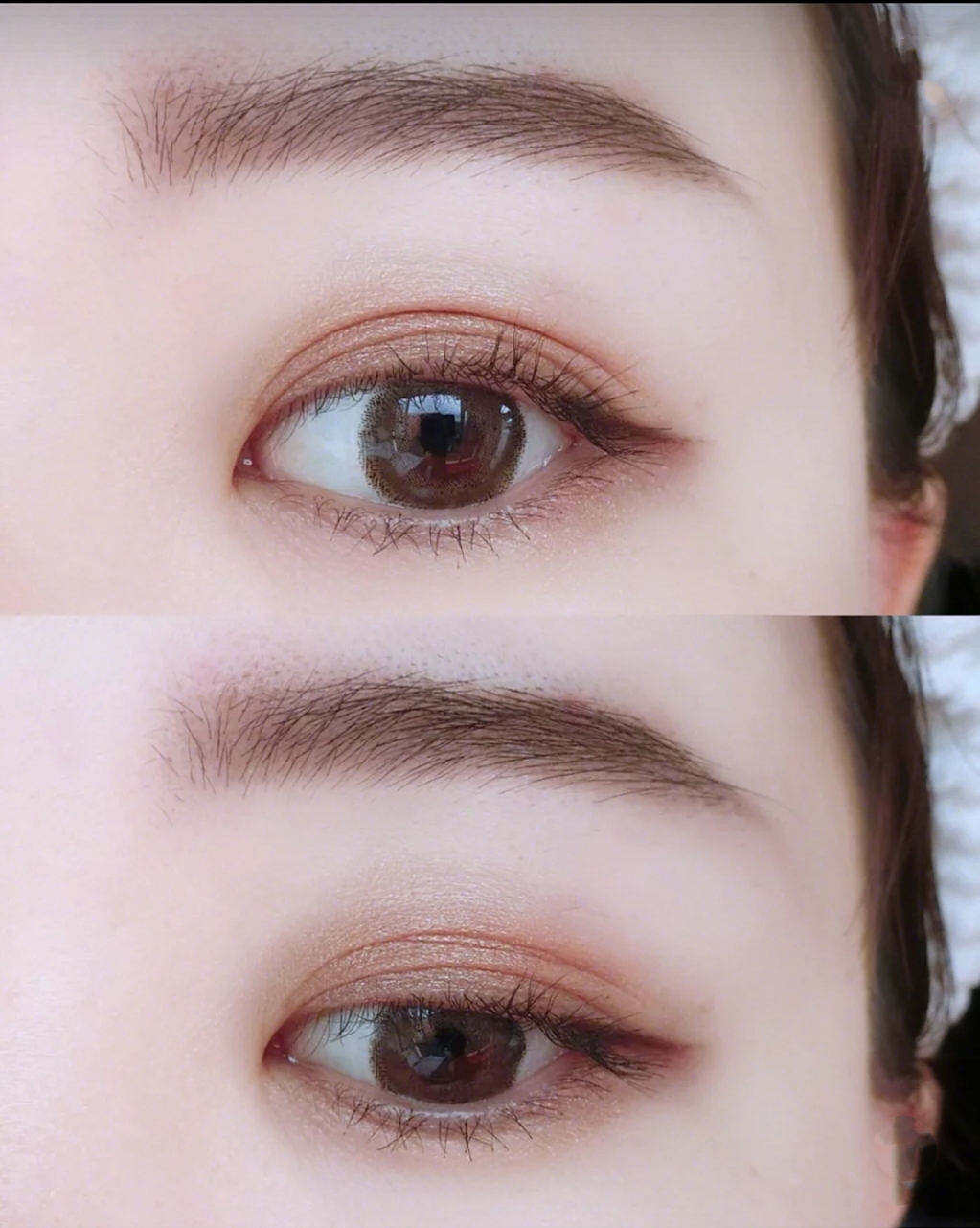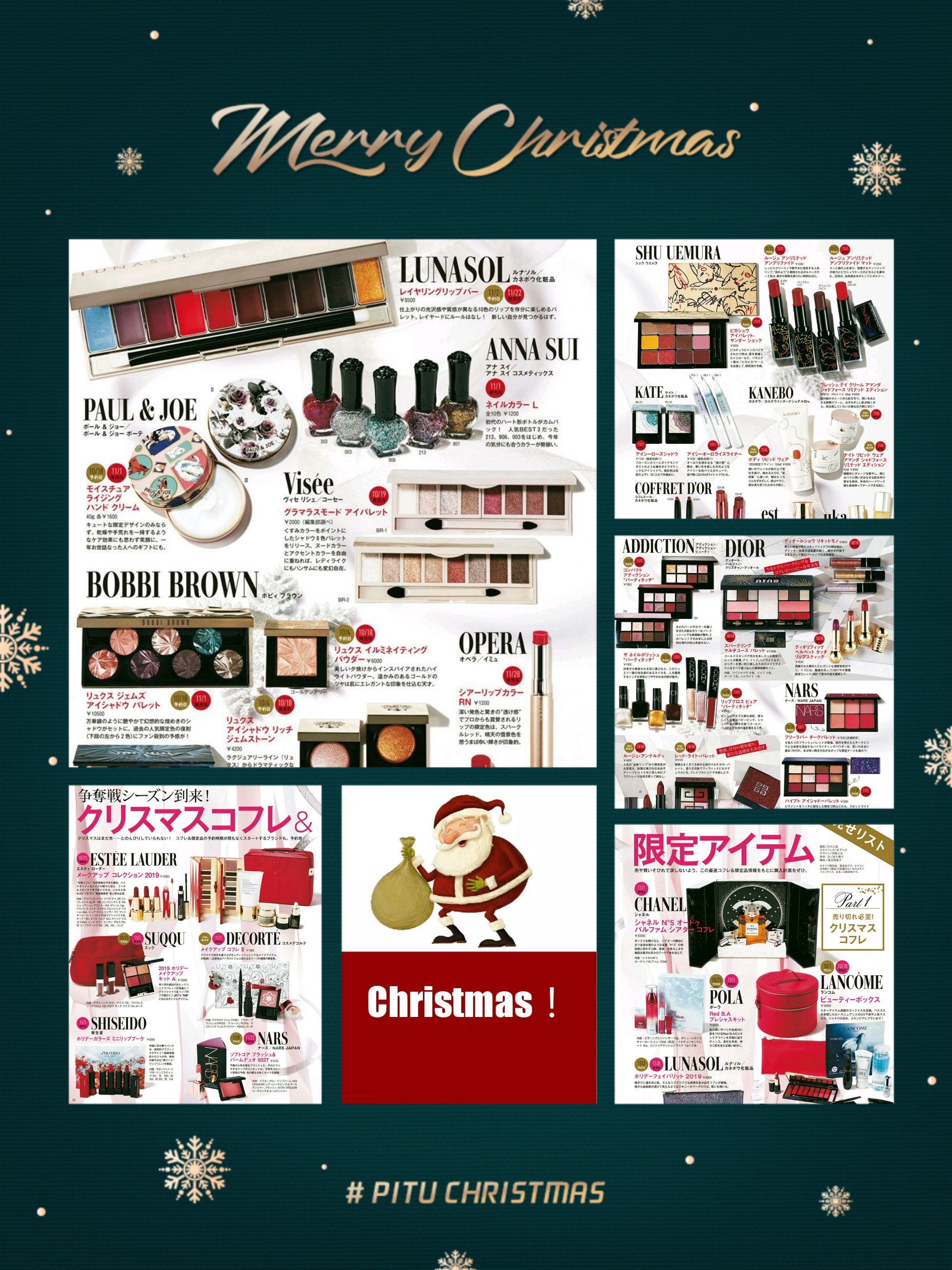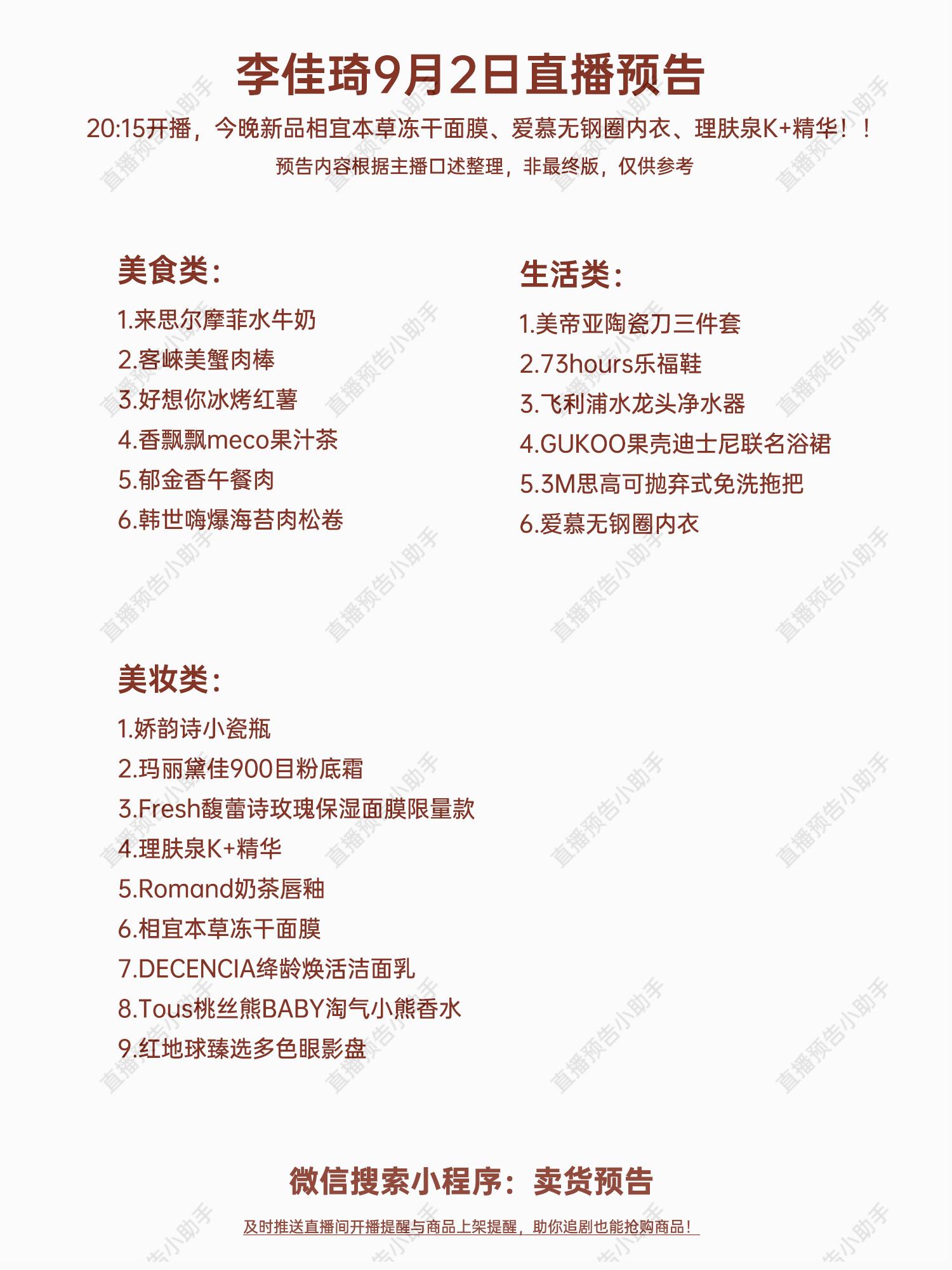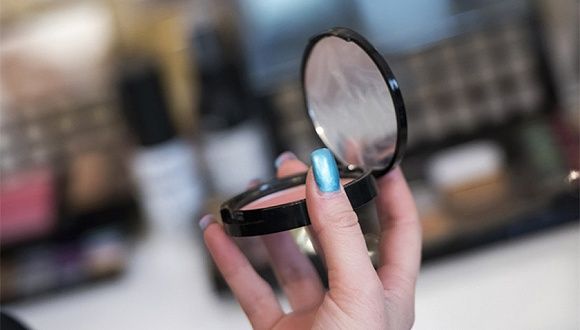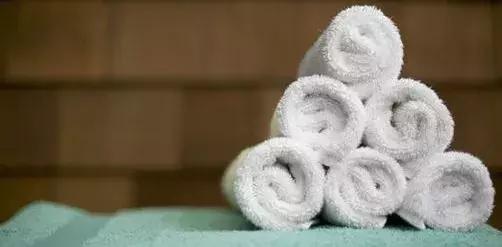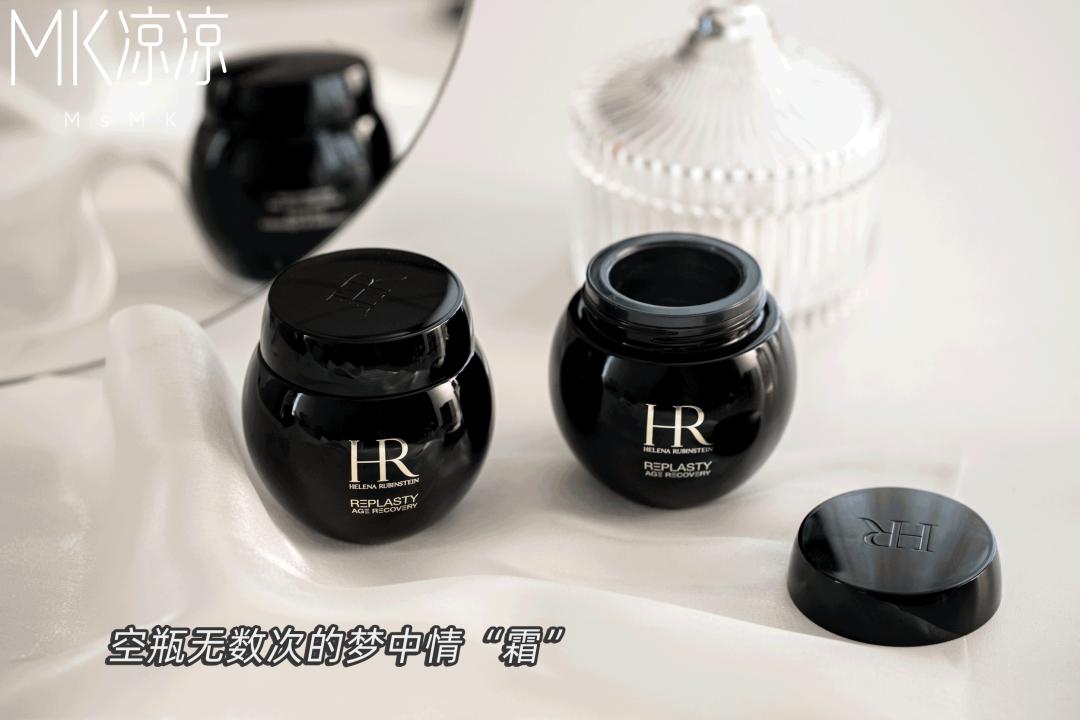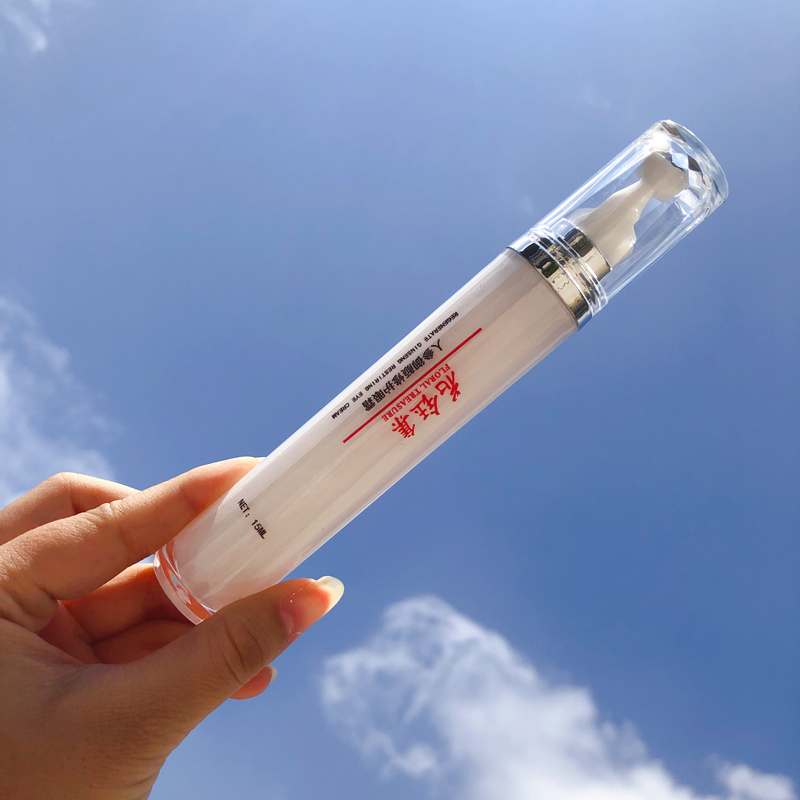1911年辛亥革命胜利后,清帝退位,中华民国成立。中国民主主义革命的先驱者孙中山就任中华民国临时,并在颁布的“临时令”中提出要“另刊新模,鼓铸纪念币”,随后武昌和南京两处造币厂率先铸行了 “中华民国开国纪念币”铜元辅币,以十文面值的为主,在全国发行以取代清朝铜元。这就是“中华民国开国纪念币” 铜元的由来。 无庸置疑,这种铜元的币名很明确,就是“中华民国开国纪念币”。根据钱币收藏界的一般共识,对一种钱币,应该把可以明确币名或显示钱币主要特征的一面称为“面”,而把其相对的另一面称为“背”,据此我们应该把此币能区别于前朝铜元,并具有鲜明的划时代革命和进步意义的有“中华民国开国纪念币”(以下简称开国纪念币)字样的一面称为面,而把其对应记值的另一面称为背,铜币当时面值以当十、当二十为主,当五十、当五佰文面值的相当少见,非常珍贵。
藏品介绍
中文名称:五百文双旗币样币
英文名称:Five hundred double flag coin sample
类别:杂项
规格:一枚(直径45Cm)
品相:美品
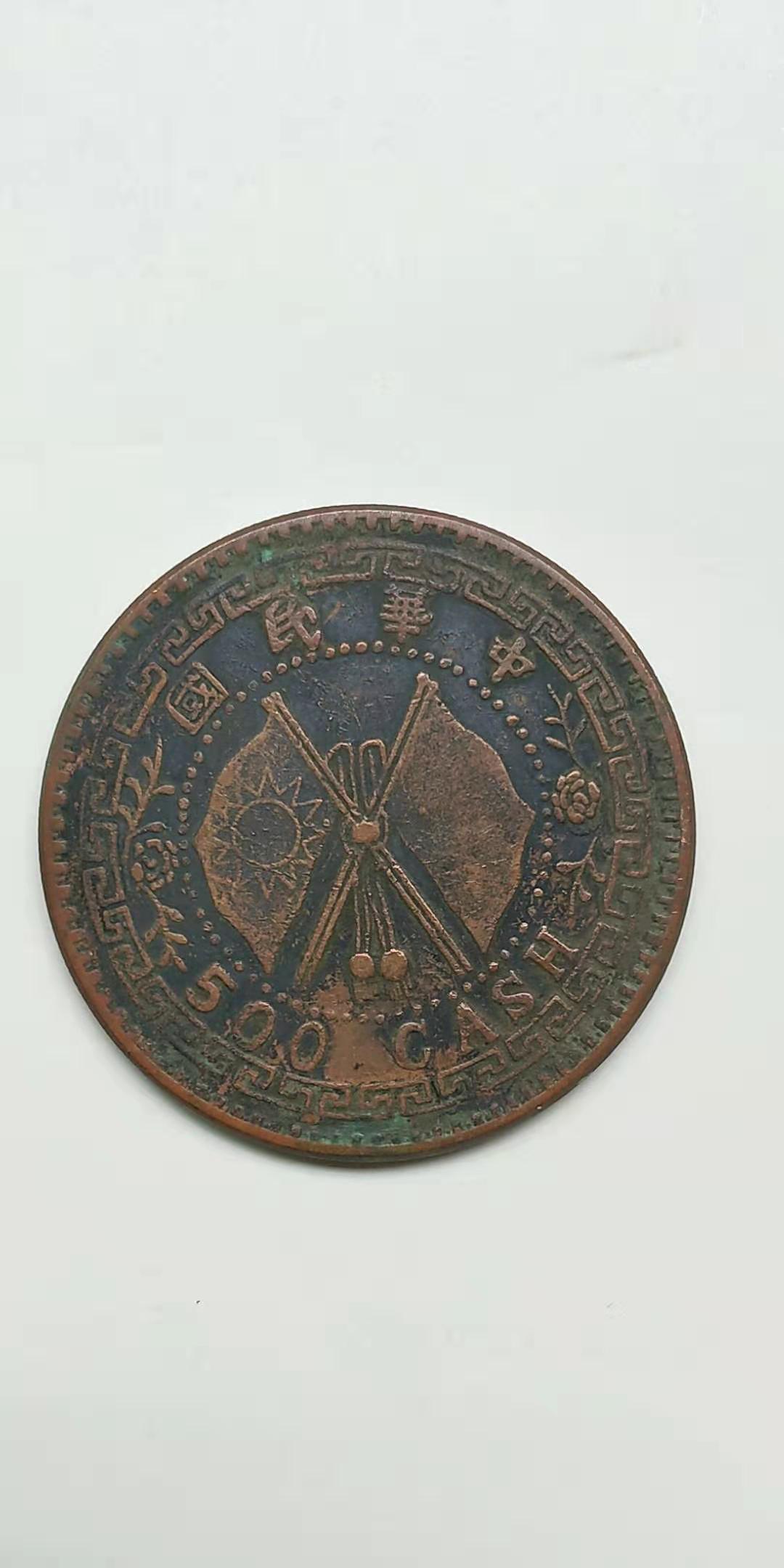
中华民国双旗伍佰文铜币,为中国铜元之大者,系试铸样币。当属全国铜元十大珍之一。正面右旗(国旗)未刻出图纹,系模具半成时试模铸造。殊为奇特,存世罕见及其珍惜。
伍佰文铜元是军阀主政河南时的产品。当政时期有大量不同面值的铜元铸造。根据此币正面所铸青天白日满地红的国旗图案来看,此币铸造的时间应该为北伐战争时期胜利以后刘峙任河南省时所铸。其主政初期,铸有大量的铜元,且多为大面值的二百文铜元,据了解河南伍佰文铜元也是其主政出奇的作品,也许是因其面值过大而遭各界反对,此币未批量铸造,仅出少量样币。其极为罕见是肯定的,由于此币享有中国铜元的盛名,更兼之以稀罕难觅,故历来为中国铜元的大名誉珍品之一。
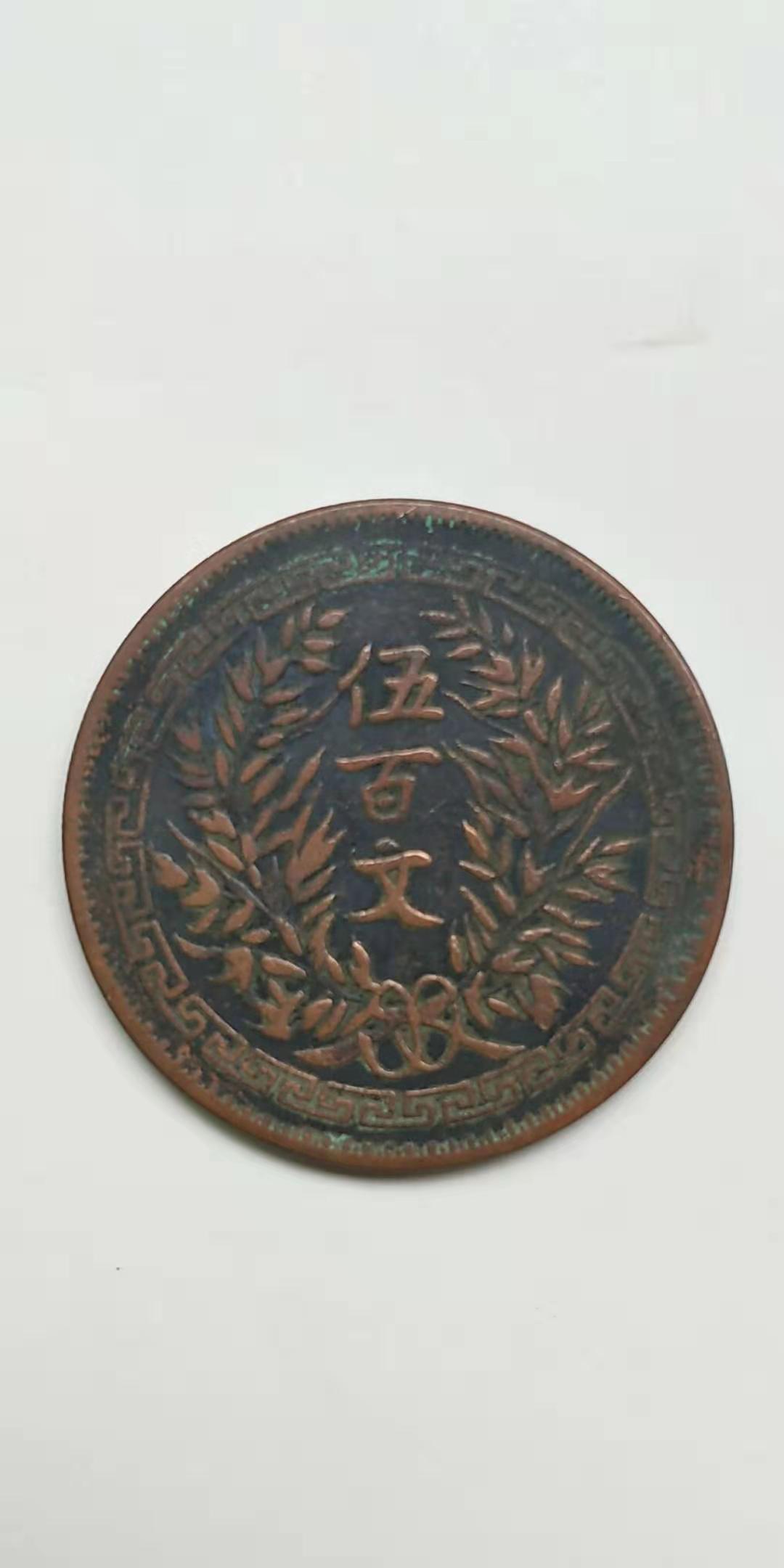
此钱币正面中央铃两面交叉的民国国旗,外环珠圈,上缘“中华民国”,下缘纪值:阿拉伯数字“500”和英文“CASH”,左右各列一花枝,外环齿边和纹饰图案。背面为面值“伍百文”,并配以稻穗组成的嘉禾图,外环齿边和纹饰图。无纪局钱文。因面值过高,在流通中无法推行,旋铸即停,当今存世稀少。 此枚伍百文铜币是铜元史上先铸造的面值大的铜币,因为1934年川陕省苏维埃政府也发行过伍百文铜币。民国双旗伍百文铜元为河南铜元局、后改为「河南机器制造局」于1933年制造的试铸样币,未正式流通。
河南制币局在制五百文铜币初期阶段,由于当时河南的政治、军事原因,对该币整体方案,在采用纹饰方案上认识一致,但在采用双旗国民党阴阳双党徽方案上产生重大分歧,故而双旗阴阳双党徽方案样品制作出来后,未被通过,故而改版,改为双旗国民党单阳党徽方案,待样品制作出来后,仍未通过,故而再改版,又改为双旗国民党单线型像征性党徽,样品出来后被认可。至此制五百文铜币初始阶段结束,转入正式样品阶段。在完善方案后,由手工为主的样版转为机制版,这就是伍百文铜币同样由于当时的政治、军事原因被上层核准而强行停止制作和在市场上停止流通。
由于双旗币产生于民国时期,民国在中国历史上仅仅存在了几十年的时间,因此,在兵荒马乱、国内战争频发的期间内,钱币在经历了无穷的岁月之后,依然可以完整地保留下来,实属不易,具有很高的文物收藏价值、历史文化价值以及艺术品鉴价值。虽说民国时期的钱币版本较多,但能够收藏到这种正面镌刻有“五百文”楷体字、反面印制着“中华民国”双面旗帜的全真试铸币,也在当今的藏品市场中并不多见。
此枚500文双旗铜币虽经历了无穷岁月,但纹路依然清晰可见,上面的包浆也见证了其历史的积淀,具有非常明显的历史过渡性特征,有着难以言喻的收藏价值。铜币保存较好,钱文、轮廓的清晰程度较好,样币存世稀少,具有很高的历史价值、艺术价值和收藏价值。
清代机制铜圆的铸造始于1900年(清朝光绪二十六年),止于1911年(宣统三年)。铸造流通时间尽管只有十余年,但其鼎盛时期全国共有十七省二十局开机铸造铜圆。十七省二十局先后铸造的当十铜圆,各不相同,版式繁多。仅以明显区别划分,其版式就有数百种之多。如以细微区别划分,其版式在千种以上。因此当代铜圆收藏爱好者每每以搜寻不同版式的铜圆为最大乐事。
大清铜币版式繁多,尤以当十者为最。多位清帝在位时发行过铜币来作为流通货币,铜币的使用具有重要的现实意义和历史意义,使交易逐渐便利起来。而如今,大清铜币也具有一定的收藏价值,许多收藏家对大清铜币爱不释手,而收集多种多样的铜币已经成为了他们的目标。
藏品介绍
中文名称:宣统三年大清铜币
英文名称:Xuantong three years Daqing copper coins
规格:一枚(直径39Cm)
类别:杂项
品相:美品
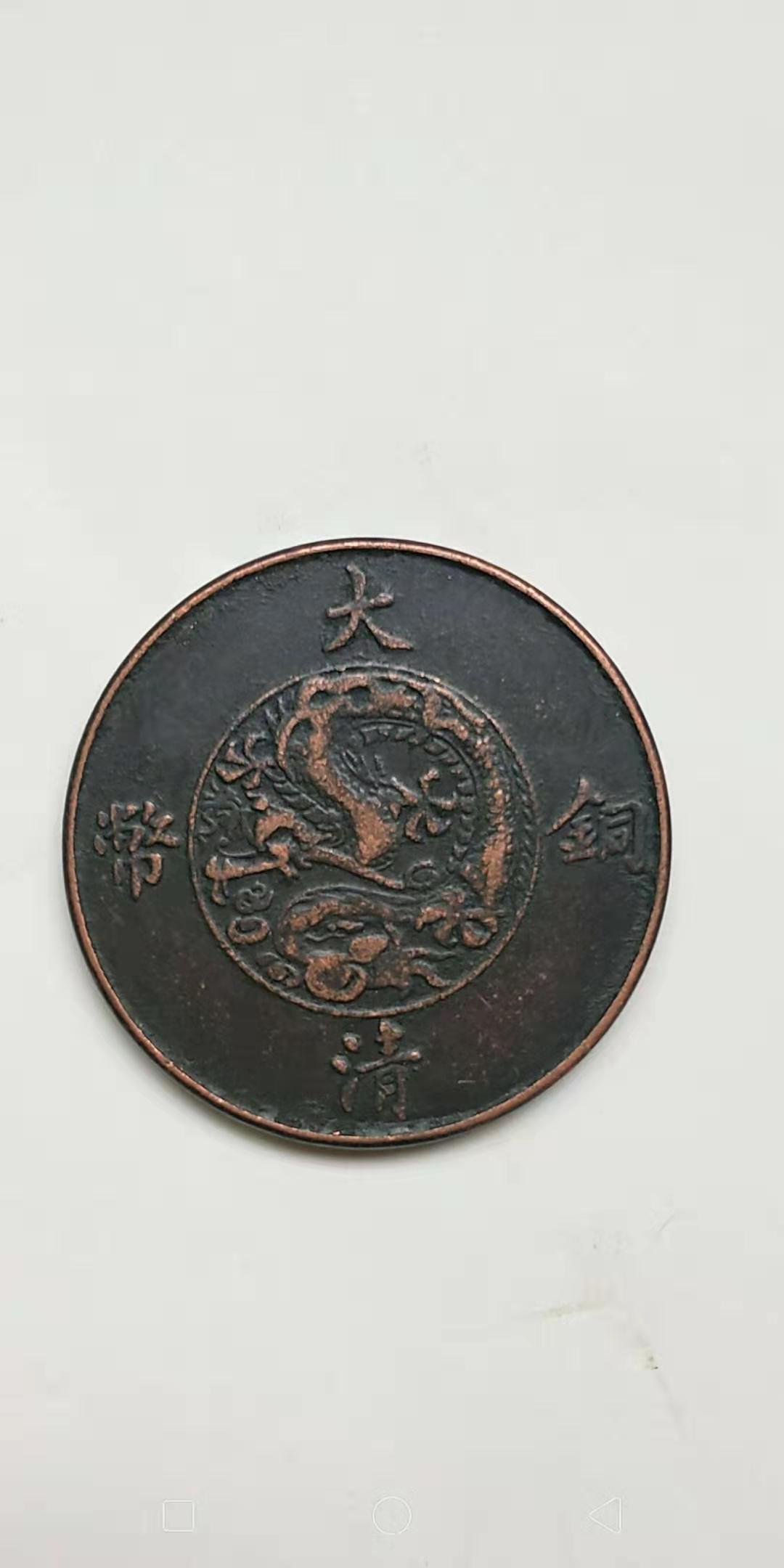
宣统三年大清铜币一枚,此枚铜币样式与我们常见的大清铜币完全不同,版是非常新颖。铜币正面由两部分组成,外部上下左右分列着“大清铜币”四字,币边道高出币地表,内部圆环中有一条拱背弯曲的巨龙,翻云覆雨。龙头向左,张开大口,霸气外漏,十分威武。铜币另一面也由两部分组成,内圆中心竖线镌刻“二分”二字纪值,周边下缘镌刻两束相交的麦穗装饰,文字和图案一气呵成,给人以和谐地美感。靠边道一侧的圆环上方铸刻“宣统三年”四字,旁边各有一朵6瓣梅花。下方从右往左铸刻着“五枚换银币一角”。此币经漫长岁月流传至今,品相仍保持的不错,其形制规整,质地优良,样式别致,是一枚不错的铜币。
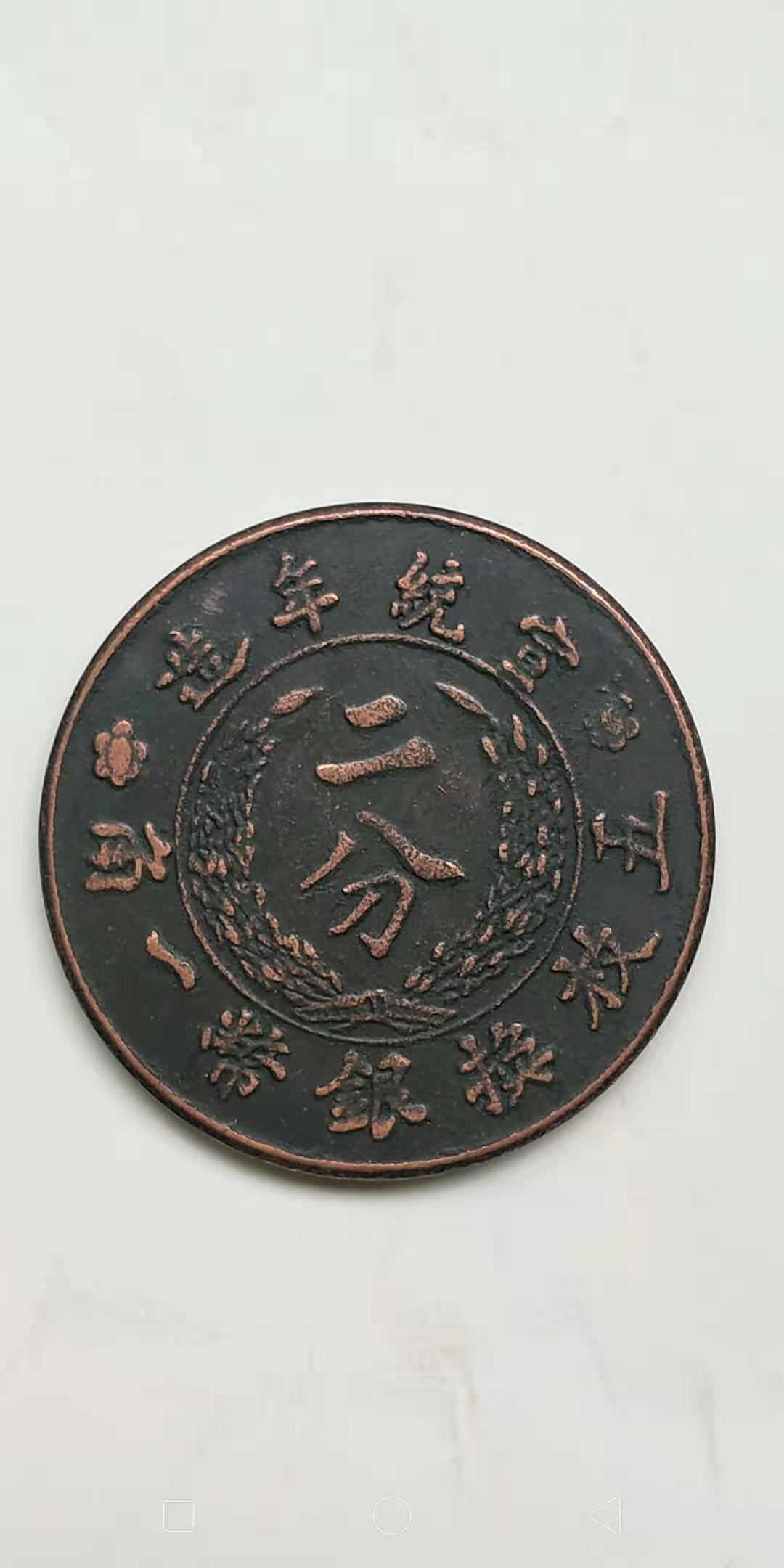
铜币正面:上缘为“宣统三年”四字,下缘为“五枚换银币一角”七字,中间为珠纹圈,圈内有双嘉禾纹及竖“二分”二字。背面:外缘为竖读“大清铜币”四字等距分布,中间连珠纹圈,圈内为一蟠龙纹。整体观之,制作精细,造型规整,图案设计简洁大方。
对于机制铜元的收藏爱好者来说,“大清铜币宣统三年十文”铜元可谓市场上的热门品种,尤其是品相上好或原光币更是受到铜元爱好者的追捧,宣统三年(1911年),农历为辛亥年,腐朽的清王朝想统一币制,规定铜元与银元比价,并在天津造币厂机制了两套新版“大清铜币”,象征皇权的龙放在中间,俗称“字包龙”,分折银钱和折制钱两种,其中,折银钱“二分”的背上标有“五枚换银币一角”,现存世量极少,这是我国封建王朝最后一次制币,这种币铜质精良,设计新颖大方,这种宣统三年大清二分铜元有紫铜,橙红铜及白铜三种质地,此套铜元铸成后不久,适逢辛亥革命爆发,清王朝被推翻,所以铸额有限,发行量不大,存世较少,极具收藏价值。
银锭是熔铸成锭的白银。出土银锭中年代最早的,是汉景帝中元二年 (公元前148年) 所铸。汉武帝元狩四年 (公元前119年) 作白金 (即白银) 三品。王莽铸有银货二品。其后历代皆有铸造,惟流通不广。隋唐以前称银锭为“银饼”、“银铤”,称扁平形银币为“钣”、“笏”、“版”,棒形的称“铤”、“挺”,宋以后改称“银锭”。元代于银锭之外总称“元宝”,形式变为马蹄形,故亦称“马蹄银”。明清两代均沿用“元宝”一词。
藏品介绍
中文名称:清代四川“汉源 永兴祥”圆银锭
英文名称:Qing dynasty sichuan han yuan yongxing xiang round silver ingot
类别:杂项
规格:一锭(325克十两银锭)
品相:美品
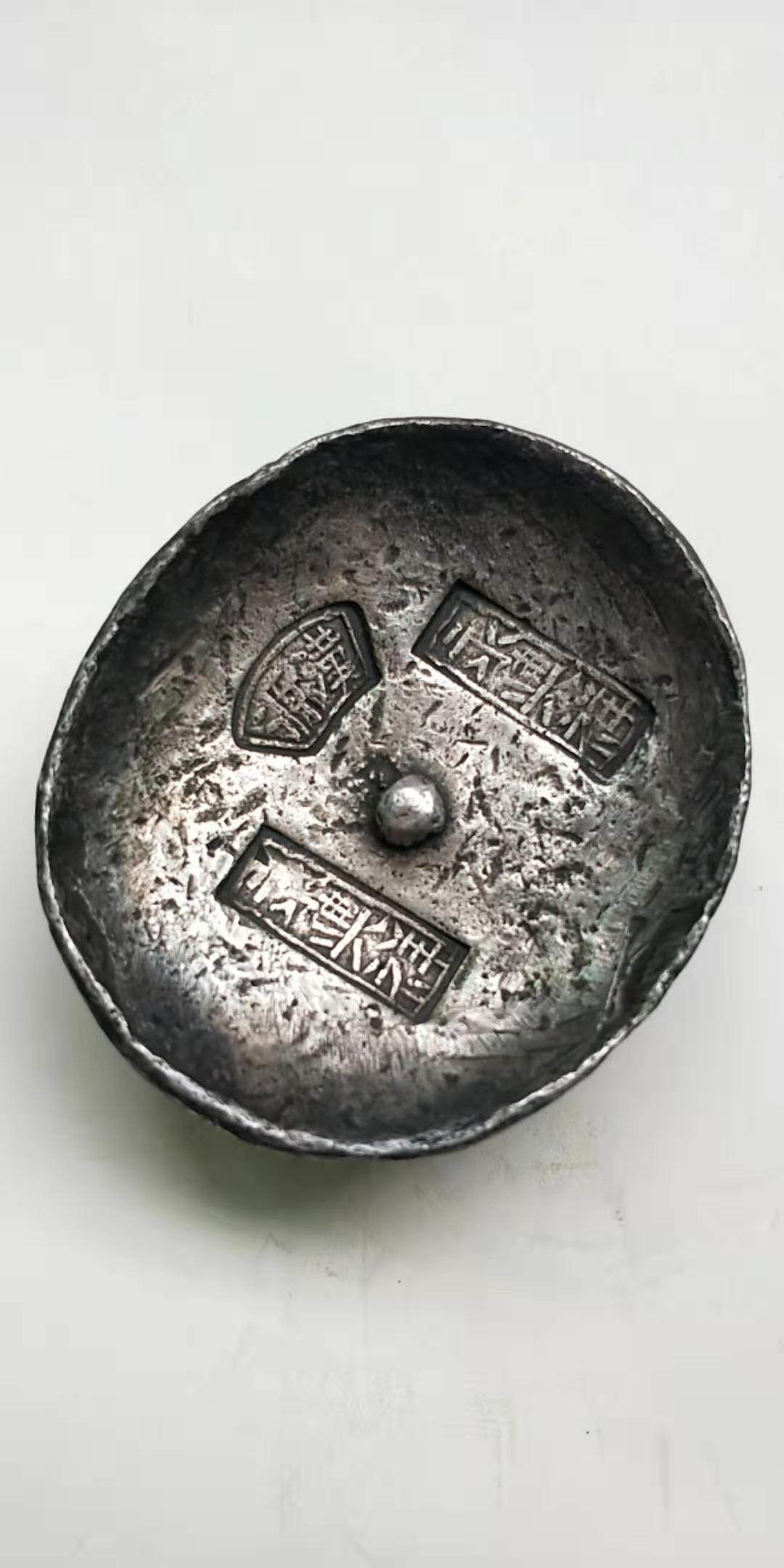
这锭元宝是清朝年间的银锭,宝银的呈半圆形,外面微显氧化银锈迹。两侧还分别印着永兴祥,造型规整,精巧秀逸。银质颜色淡雅,此藏品虽然历经历史岁月一次又一次战争的洗礼之后仍然保存了原有的历史文化气息,实为一件传世精品佳作!

汉源永兴祥早有记载为四川银锭,此银锭字迹清晰可见,品相精美,侧面与底部凹痕处有明显的氧化银,呈黑色。
氧化银是一种无机物,化学式为Ag2O,棕褐色立方晶系结晶或棕黑色粉末,微溶于水,易溶于酸和氨水,受热易分解成单质,在空气中会吸收二氧化碳变为碳酸银。
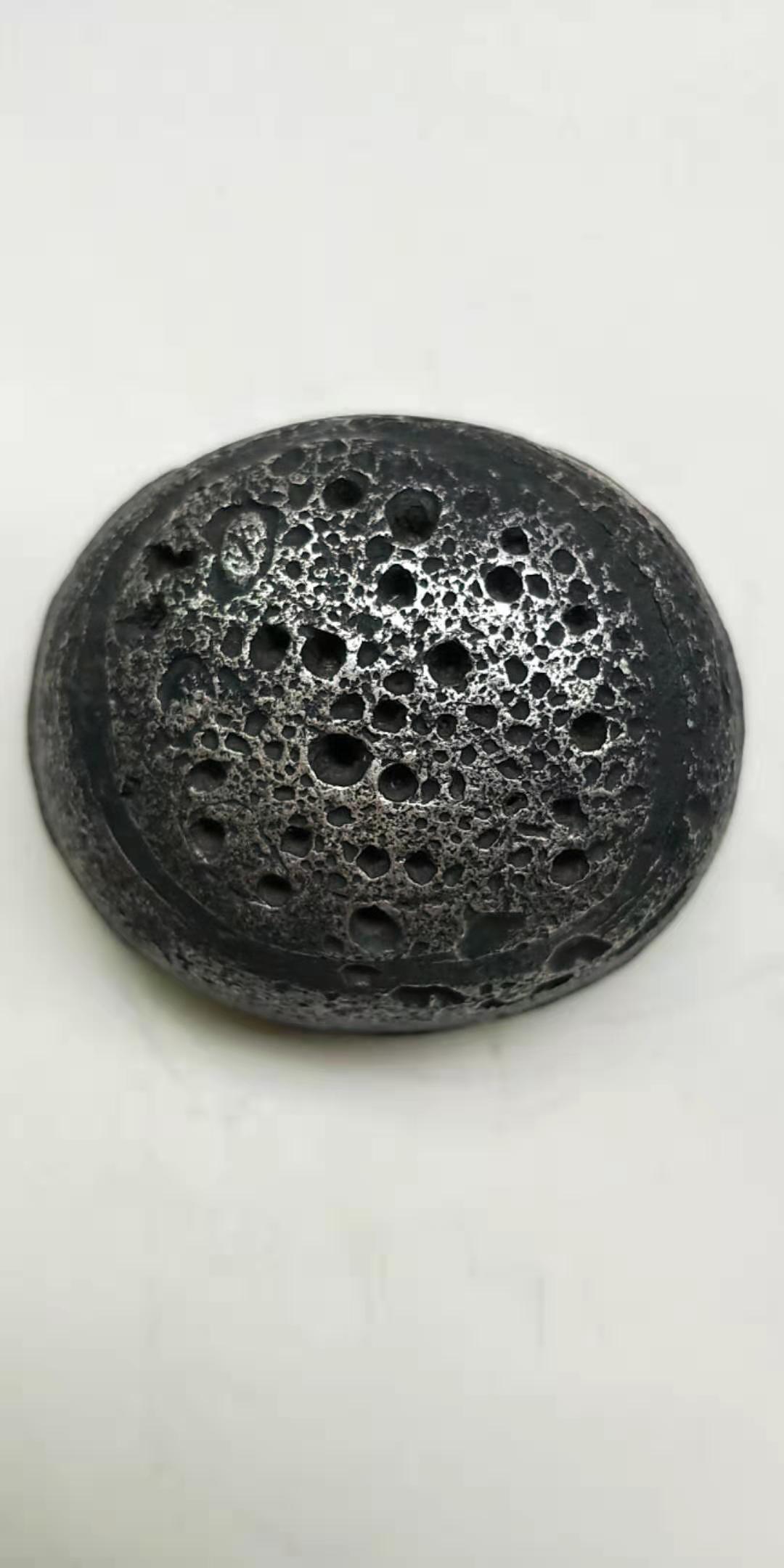
氧化蜂窝孔:此银锭底部有明显的氧化蜂窝孔,呈现大小不一的凹痕,这是由于银锭是由不同金属合金制成,其中的锡元素在极低的温度下会变成粉末,这就造成了与银锭中的银元素渐渐产生了分离,也就有了这枚氧化蜂窝孔的现象,不过锡要在零下13.2摄氏度,才会产生反应,有了这些痕迹无疑是开门的老银锭,不用怀疑真假,目前还无法仿制这大小不一的蜂窝孔。
鸦片战争后,外国洋银(见银元)大量流入和自铸银元流行,并没有根本改变或取代银两制度的地位。混杂的货币制度,在对外贸易的金融调度上和在与英镑比价的变化上,都符合外国资本的需要。1934年宣布废两改元后,银两不再使用。
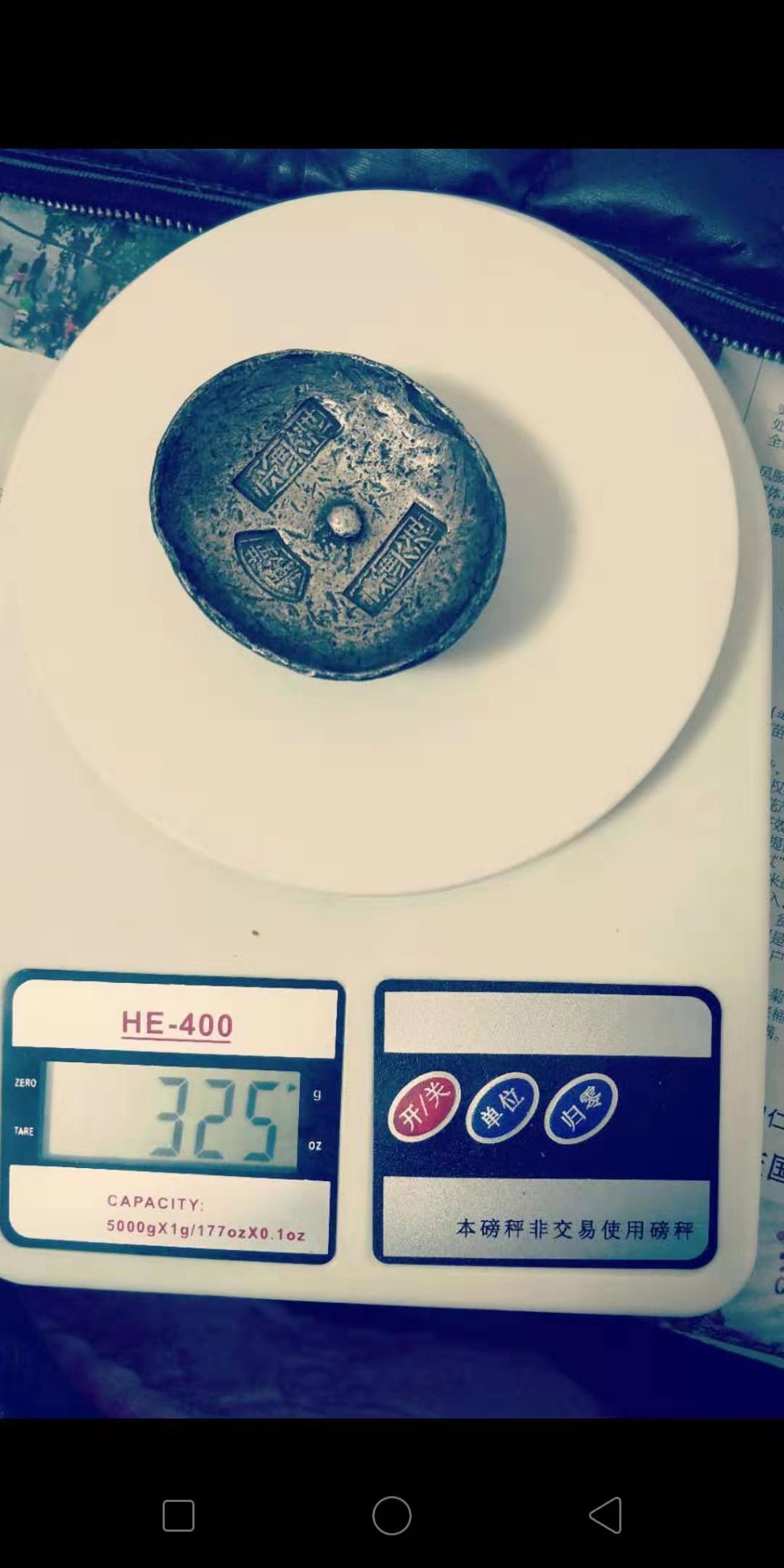
重量为325克,为古代的十两银锭。
这锭银锭底光柔和,表面银光自然,底部氧化蜂窝孔明显,由此可见此银锭为开门到代的老银锭,站在收藏的角度来讲,银本就具有贵金属属性,其收藏价值较为稳定保值,深受藏友关注,此银锭不仅具有贵金属属性,而且具有极高的历史研究价值,货币研究价值,以及古代的白银提炼技术研究,由此研究数据可以断定其它银器的年代真伪,在如今的拍卖市场也是十分吃香,成交率极高,此银锭无磕,无残具有极高的经济收藏价值。
英文翻译:After the victory of the 1911 Revolution, Emperor Qing abdicated and the Republic of China was founded. Chinas democratic revolution pioneer sun yat-sen took office of the republic of China, and in the temporary issued to another issue of the new mould, drum casting COINS, then the wuchang and nanjing mint in two places first casting line the founding of the republic of China COINS copper coin COINS, give priority to with the face value of 10, in the national issue to replace copper coin in qing dynasty. This is the origin of the founding coin of the Republic of China copper. Undoubtedly, the name of this copper coin is very clear, is the founding of the Republic of China commemorative coin. According to the general consensus of coin collectors, a coin, should have clear currency displays the money or the name of the main characteristics of a known as the face, and call its relative to the other side of the back, accordingly we should put this money to distinguish it from power copper coin, and with distinct epochal revolution and the progressive significance of the founding of the republic of China COINS (hereinafter referred to as the founding COINS) on one side is called the surface, and write the corresponding value is called back, on the other side of the coin was par value is given priority to with ten and twenty, fifty, when our face when is quite rare, very precious.
The collection is introduced
Chinese name: 500 text double flag coin sample
English name: Five hundred double flag coin sample
Category: Miscellaneous
Specifications: One piece (diameter 45Cm)
Appearance: Beautiful
The double flag of the Republic of China 500 copper coins, as the largest copper yuan in China, is a trial casting sample. Should be one of the top ten copper dollars in China. The right flag on the front side (national flag) has not been engraved with the pattern. It is molded when the mold is half finished. Extraordinary, rare and cherished.
Five hundred copper yuan is the warlord ruled henan products. A large number of copper coins of different denominations were cast during the reign. According to the national flag pattern cast on the front of the coin, the time of the coin casting should be after the victory of the Northern Expedition when Liu Zhi was appointed to Henan Province. At the beginning of its reign, there were a large number of copper dollars, and mostly 200 copper dollars of large face value. It is understood that Henan Wubaiwen copper dollars are also surprising works of its reign, perhaps because its face value is too large and opposed by all walks of life. This coin was not batch cast, only a small number of sample coins. Its extremely rare is certain, because this coin enjoys the reputation of the Chinese copper dollar, and more rare to find, it has always been one of the great reputation of the Chinese copper dollar treasures.
On the front of the coin, the national flag of the Republic of China is crossed on both sides of the central bell, the outer ring is beaded, the upper margin is Republic of China, the lower margin is period value: Arabic numeral 500 and English Cash, and there is a flower branch on the left and right, and the outer ring has tooth edge and decorative pattern. On the back is the face value of five hundred, and with rice panicle composed of Jiahe map, outer ring tooth edge and decorative map. No discipline bureau Qian Wen. Because the face value is too high, it can not be carried out in circulation, rotary casting is stopped, and todays existence is rare. This 500 copper coin is the first large face value copper coin cast in the history of copper coins, because in 1934, the Sichuan, Shaanxi and provincial Soviet government also issued 500 copper coins. The five hundred coins of the double flag of the Republic of China were made by Henan Copper Yuan Bureau and later by Henan Machinery Manufacturing Bureau in 1933. They were not formally circulated.
Made of henan in five hundred coppers in the early stage, due to the political and military reasons in henan, the overall plan, the currency on the decorative design understanding is consistent, but in the pair of Yin and Yang double emblem and flag the kuomintang schemes have significant differences, and Yin and Yang double double flag emblem and plan after the sample come out, did not pass, so redesign, to flag the kuomintang ChanYang emblem and solution, after waiting for the sample come out, still not through, so redesign again, again to double flag the kuomintang single linear like sex symbol, it approved after samples come out. At this point, the initial stage of making 500 copper coins is over, and the official sample stage is transferred. After the improvement of the scheme, the manual version of the sample into a mechanism version, this is the five hundred copper coins also because of the political and military reasons at that time was approved by the upper level and forced to stop production and stop circulation in the market.
Due to the double flag currency produced in the period of the republic of China, in the Chinese history of the republic of China only existed for decades, as a result, in frequent war during the period, shuddering and domestic money after the endless years, can still complete retention, is not easy, has the very high collection value of cultural relics, historical and cultural value and artistic value of tasting. Although the coin version of the period of the Republic of China is more, but to be able to collect this kind of front engraved with five hundred regular characters, printed on the reverse side of the Republic of China double-sided flag of the Quanzhen trial coin, also in todays collection market is not much seen.
Although this 500 article double flag copper coin has experienced endless years, the grain is still clear. The coating slurry on it also witnessed the accumulation of its history. It has a very obvious historical transitional characteristics and has an indescribable collection value. Copper coins are well preserved, the clear degree of the money and the outline is better, and the sample coins are rare in the world, which has high historical value, artistic value and collection value.
The casting of copper rings began in 1900 (the twenty-sixth year of the reign of Emperor Guangxu of the Qing Dynasty) and ended in 1911 (the third year of Xuantong). Although the casting circulation time is only more than ten years, but in its heyday, there are 17 provinces and 20 bureaus in the country to start the casting of copper rings. Seventeen provinces and twenty bureaus have cast ten copper circles, each different, a variety of layout. Only by the obvious distinction division, its format has hundreds of kinds. If divided by subtle differences, its format in more than 1,000 kinds. Therefore, contemporary collectors often search for different types of copper balls for the greatest pleasure.
There are many types of copper coins in Qing Dynasty, especially when ten are the most. Several emperors of the Qing Dynasty issued copper coins as the currency of circulation. The use of copper coins has important practical and historical significance, which gradually facilitated the transaction. Now, Daqing copper coins also have a certain collection value. Many collectors love Daqing copper coins fondly, and collecting a variety of copper coins has become their goal.
The collection is introduced
Chinese name: Xuantong three years Daqing copper coin
Xuantong Three Years Daqing Copper Coins
Specification: One piece (diameter 39Cm)
Category: Miscellaneous
Appearance: Beautiful
Xuantong three years a Daqing copper coin, this copper coin style is completely different from our common Daqing copper coin, edition is very novel. The front of the copper coin is composed of two parts, the upper and lower sides of the external Daqing copper coin four words, the side of the coin is higher than the surface of the coin, and there is an arch back curved dragon in the inner ring, stirring clouds and rain. The faucet left, open mouth, domineering outside leakage, very powerful. The other side of the copper coin is also composed of two parts, the inner circle center vertical line engraved two two word period value, the lower edge of the periphery engraved two beams of intersecting wheat decoration, text and pattern at one go, give a person with a harmonious aesthetic feeling. Beside the side of the ring on the top of the cast Xuantong three years four words, next to each has a 6-petal plum. Beneath was inscribed from right to left, Five silver coins for a dime. This coin has been handed down over a long period of time. Its appearance is still good. It has regular shape, fine texture and unique style.
The copper coin front: the upper edge is the four words Xuantong three years, the lower edge is the seven words five silver coins for a dime, and the middle is the pearl grain circle, and the circle has double Jiahe grain and vertical two. Back: the outer edge of the vertical reading Daqing copper coin four words isometric distribution, in the middle of the bead grain circle, circle for a flat dragon pattern. Overall view of it, fine production, modelling neat, simple and generous pattern design.
For mechanism of copper coin collector, qing xuantong three years coin ten copper coin is the popular varieties on the market, especially the quality of good or the original light COINS, copper coin lovers, xuantong three years (in 1911), according to the lunar calendar to revolution, decadent qing dynasty to unified monetary, copper coin and silver price comparison, and the mint in tianjin mechanism of the two sets of the new qing coppers, symbol of imperial power of the dragon in the middle, commonly known as word BaoLong, divide into two kinds, fold money and fold ZhiQian, folding money binary marked on the back of the five in silver corner, the existing abundant, This is the last feudal dynasty in China currency, this kind of copper coin is excellent, novel design and easy, the dichotomy of qing xuantong three years copper coin has copper, red copper and copper three germ plasm, this set of copper coin moulds, shortly after comes at a time when the revolution broke out, the qing dynasty was overthrown, so casting co., LTD., the circulation is not big, only less, extremely collection value.
A silver ingot is molten silver cast into ingots. The earliest unearthed silver ingots were cast in the second year of the reign of Emperor Jingdi of the Han Dynasty (148 BC). Emperor Wudi Yuan four years (119 BC) for platinum (that is, silver) three products. Wang Mang cast two silver goods. Later dynasties all have casting, but the circulation is not wide. Before the Sui and Tang dynasties, silver ingots were called silver cakes and silver collars; flat silver coins were called ban, hud and pan; bar coins were called collars and ting; after the Song Dynasty, they were called silver ingots. Yuan Dynasty in the silver ingot outside the general name ingot, the form into a horseshoe shape, so it is also called horseshoe silver. The word ingot was used in the Ming and Qing dynasties.
The collection is introduced
Chinese name: Qing dynasty sichuan han yuan yongxing xiang round silver ingot
English Name: Qing Dynasty Sichuan Han Yuan Yongxing Xiang Round Silver Ingot
Category: Miscellaneous
Specification: One ingot (325 grams of twelve silver ingots)
Appearance: Beautiful
This ingot ingot is a silver ingot in the Qing Dynasty. The silver ingot is semicircular, and the outside shows slightly oxidized silver rust. Both sides are also printed with Yongxing Xiang, neat shape, delicate and elegant. Silver color quietly elegant, although this collection through the historical years after the baptism of war again and again after the preservation of the original historical and cultural atmosphere, is actually a masterpiece handed down from generation to generation!
Hanyuan Yongxing Xiang has long been recorded as Sichuan silver ingot, this silver ingot writing clearly visible, beautiful appearance, the side and the bottom of the dent has obvious silver oxide, black.
Silver oxide is an inorganic substance, chemical formula is AG2O, brown cubic crystal or brown black powder, slightly soluble in water, easily soluble in acid and ammonia, easy to decompose into elemental substance, in the air will absorb carbon dioxide into silver carbonate.
Oxidation honeycomb holes: there is obvious at the bottom of the pieces of silver oxide honeycomb holes, rendering the dent sizes, this is due to the pieces of silver is made of different metal alloys of tin element in the extremely low temperatures will become powder, this creates gradually produced separation, with pieces of silver in silver elements also have this oxidation honeycomb holes phenomenon, but tin to minus 13.2 degrees Celsius, will respond, with the trace is open the door of old pieces of silver, there is no doubt that true and false, it is unable to copy the size of honeycomb holes.
After the Opium War, the influx of foreign silver (see silver dollar) and the popularity of self-minted silver dollar did not fundamentally change or replace the position of the two systems of silver. A hybrid monetary system, both in terms of financial regulation of foreign trade and in terms of changes in the value of the pound sterling, meets the needs of foreign capital. After announcing the abolition of the two yuan in 1934, silver and silver were no longer used.
The weight is 325 grams, for the ancient twelve silver ingots.
End of the ingot sycee downy light, silver natural surface, the oxide honeycomb holes at the bottom of the obvious, so the pieces of silver to open the door to the generation of old pieces of silver, to stand in the Angle of the collection, silver is precious metal properties, the collection value the stable value, by Tibetan friend concern, the pieces of silver is not only a precious metal properties, and of great value in historical research, the research value of money, as well as the ancient silver refining technology research, the research data can be concluded that other silver s authenticity, is also very popular in todays auction market, sell-through rate is extremely high, the pieces of silver no depletion, no residual has a very high economic value for collection.
版权声明:CosMeDna所有作品(图文、音视频)均由用户自行上传分享,仅供网友学习交流。若您的权利被侵害,请联系删除!
本文链接://www.cosmedna.com/article/777466889.html



